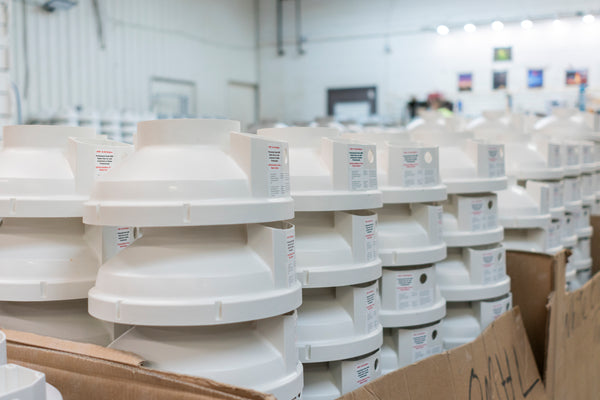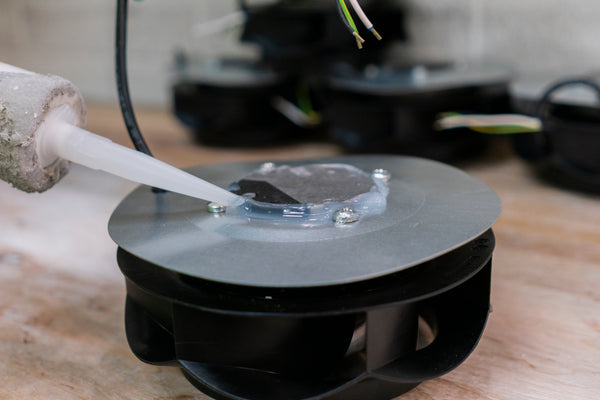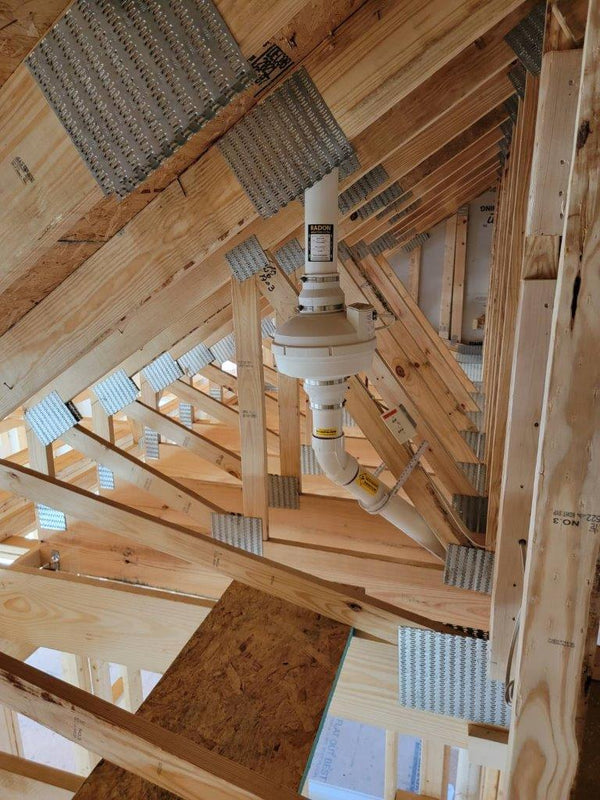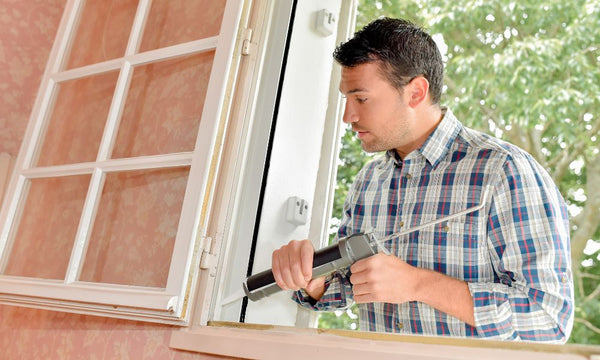
How To Stop Radon From Entering Your Home
Radon is a radioactive gas that, given a long-enough exposure time, is the top cause of lung cancer in nonsmokers. When radioactive materials in the soil break down, radon releases as a by-product. There are always low levels of radon in the air outside, but it only begins to become a problem in enclosed spaces—such as your home.
So how can you stop radon from entering your home? There are several steps you can take to prevent it from seeping in. If your indoor radon levels are already high, consider installing an active mitigation system with a fan from Festa Radon. Otherwise, read on for some preventative tips.
Understand Radon’s Path
As we briefly discussed before, radon is a by-product of radioactive materials in the ground breaking down. Thus, the top location for radon to creep into your home is through the basement or ground-level floor.
Radon levels will often be highest in the lowest level of your home, especially if the concrete slab of your foundation has any cracks or gaps. When you know how radon gets into your home in the first place, you can take actionable steps to combat it.
Seal Up Cracks in the Home
Now that you understand more about how radon gets in, inspect your home for small gaps or cracks. Start on the lowest level in your home, looking closely at your concrete slab for any cracks that could be inviting radon inside.
When you locate those cracks, use urethane caulk or a nonporous epoxy to seal them up thoroughly. Don’t stop at the basement, either; take a look at the frames around your windows and doors elsewhere in the home.
Pro Tip:
Some cracks and gaps in your home will be invisible to the naked eye but still let air—and radon—in from the outside. If you want to locate every last crack, schedule a blower door test for your home. Blower door tests use specialized software hooked up to powerful fans that will pinpoint cracks you may have missed.
Increase Airflow and Circulation
If your indoor radon levels are well below the EPA’s recommended action level of 4.0 pCi/L, you may not need an active mitigation system at this juncture. However, you can reduce your already-low radon levels even further by boosting airflow and circulation in your home.
Use the fans and vents in your home to circulate air, and open a few windows as the weather allows. However, you shouldn’t consider open windows and doors a mitigation strategy on their own, as they only temporarily reduce radon levels.
Encapsulate the Crawlspace
Crawlspaces are a little more difficult to inspect than simple basement levels, but it’s worth the effort; those small spaces are some of the leading entry points for radon. Some home experts recommend that you vent your crawlspace to reduce radon, but venting can cause problems of its own. Think twice before venting your crawlspace, as it can lead to the proliferation of mold and an uptick in your energy bills.
Instead, consider encapsulating your crawlspace to keep any radon that seeps in from entering the rest of your home. A reliable encapsulation system for a crawlspace incorporates the following elements:
- Vapor barriers applied to the floors, walls, and ceilings of the crawlspace
- Vent covers affixed to vents to prevent radon from seeping in
- Thick entry doors made of plastic mounted in the crawlspace entryway
- Foam insulation boards installed inside the crawlspace to prevent heat loss
Crawlspace encapsulation doesn’t just reduce radon levels. Installing a robust encapsulation system in your crawlspace can also reduce excess moisture that leads to mold and wood rot. Those vent covers keep pests from crawling in, and insulation prevents heated or cooled air from escaping outside.
Consider Passive Radon Mitigation
If the radon levels in your home are quite low, but you’d like to prevent them from rising, consider installing a passive mitigation system. Passive systems are similar to active radon mitigation systems, minus the fan. They’re also a common feature in newly built homes, as contractors are aware that radon is an issue in homes all over the US.
A passive radon mitigation system is comprised of a vertical pipe that reaches from a suction pit in your basement up to the roof or outside a first-floor window. The system utilizes natural airflow and differences in air pressure to pull radon out of the suction pit and vent it outdoors. Passive systems can help prevent radon from building up in your home, but if your radon levels do still rise, you may need the extra venting power of a fan.
Consider Active Radon Mitigation
If you’ve implemented all the prevention methods we discussed above, yet your radon test results still indicate levels in excess of 4.0 pCi/L, active mitigation may be necessary. An active radon mitigation system adds a powerful radon fan to the suction pit and vent pipe also present in passive mitigation. Install your fan outside the roof or first-floor window—wherever your vent pipe ends—and use radon mounting accessories like brackets to secure it in place.
While passive mitigation systems utilize the natural pressure differentials and airflow in your home to pull radon outside, active systems require the radon fan to run at all times. Rest assured that radon mitigation fans do not require much energy to run 24/7; you’ll only spend an additional $60 to $100 per year on electricity. Consider that nominal cost an investment in your long-term health!
If you’re concerned about the radon levels in your home, don’t allow that concern to turn into panic. There are plenty of things you can do to stop radon from entering your home and reduce the levels already present. Start by sealing up radon’s most common entry points, and don’t forget to test your home regularly to track the variation in radon levels.
Does your home need an active mitigation system to pull radon outside and keep it out? We at Festa Radon manufacture our own line of powerful, long-lasting radon fans that are a perfect addition to any home radon mitigation system. Contact us today for more information.


